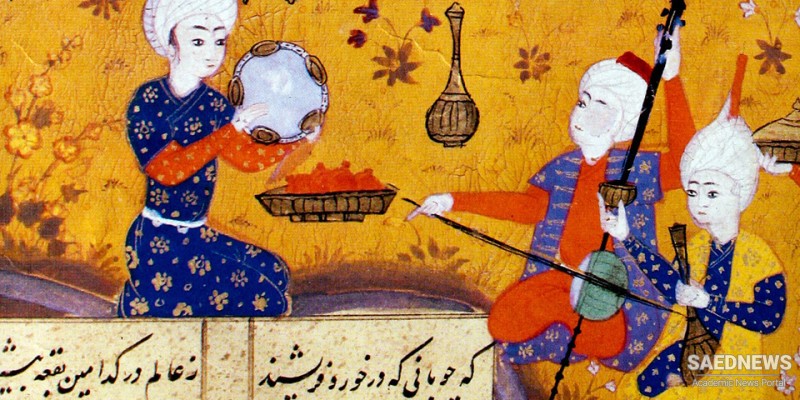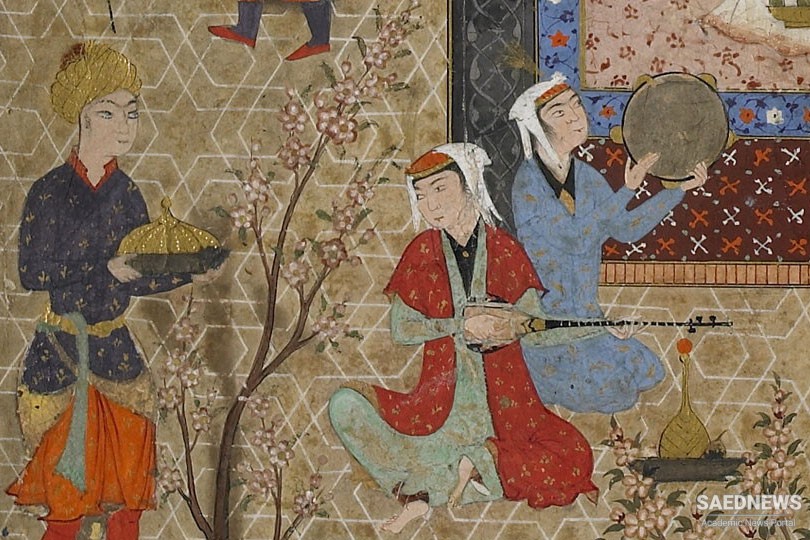There are twelve basic modes -- seven primary modes (dastgah-s) and five secondary modes (avaz-s). Each avaz is derived from a specific dastgah, but it is also able to stand by itself. Performance is based on the idea of a "suite" in a single mode, in which the artist will choose items to make a finished "composition". Actual performances generally proceed largely as improvisations, incorporating & culminating in the chosen melodic patterns. The standard items of Iranian classical music are codified in something called the Radif, written at the beginning of this century. This consists of a large number of melodies or sequences (gushe-s) grouped by mode. Some dastgah-s have more gushe-s than others. To form a suite, the artists will select appropriate gushe-s, along with classical poetry, improvised elements or original compositions. Some gushe-s are always present in a classical rendition, whereas others are less common; the order within the suite is also pre-determined, to some extent. Some gushe-s and compositions have specific rhythms, while others do not; the percussion accompanist will take part in some sections but not in others, and generally supports the main artist. Part of the artistry is to make smooth transitions between gushe-s.



 Persian Classical Music: Background and System of Modes
Persian Classical Music: Background and System of Modes














































